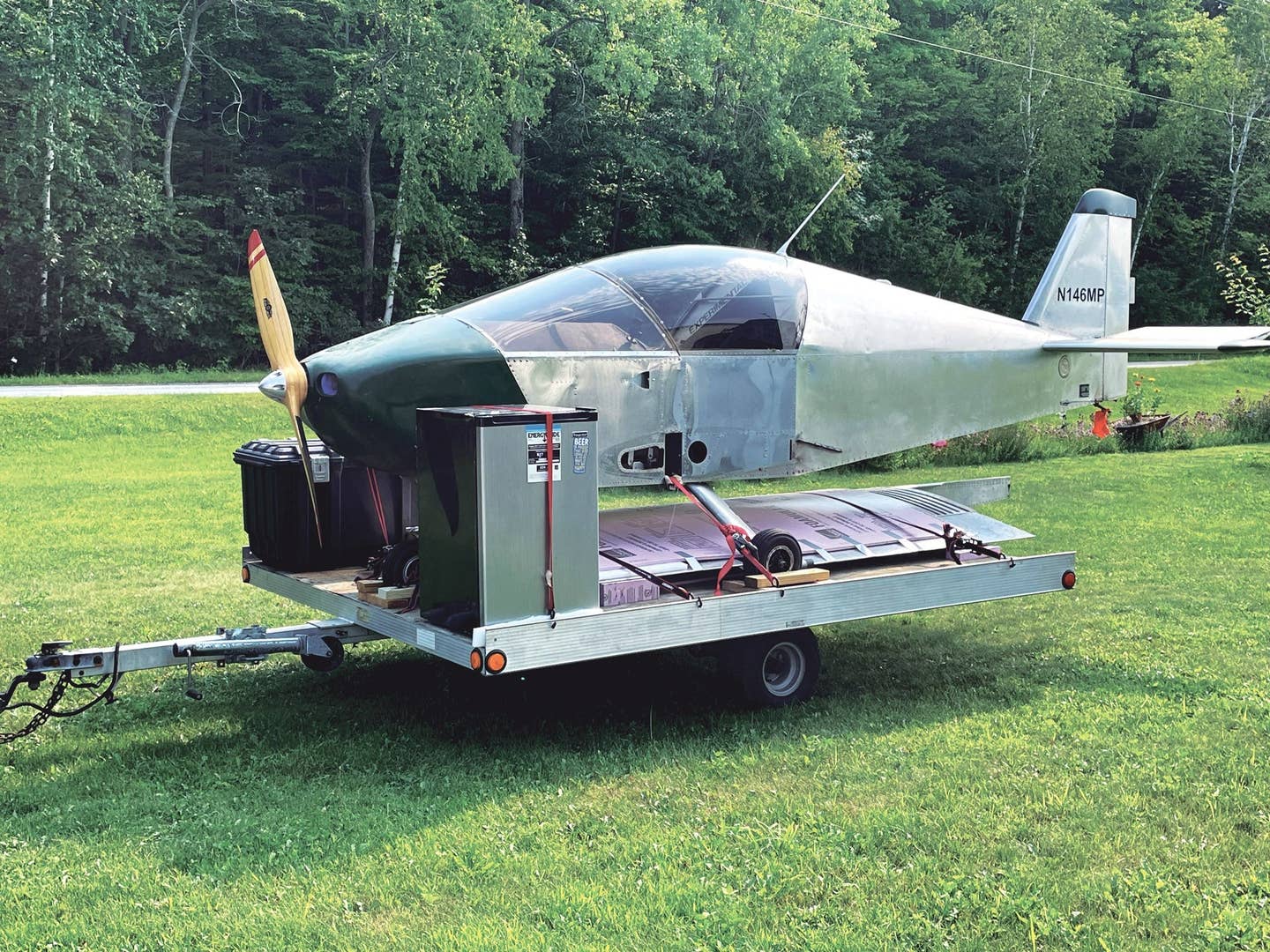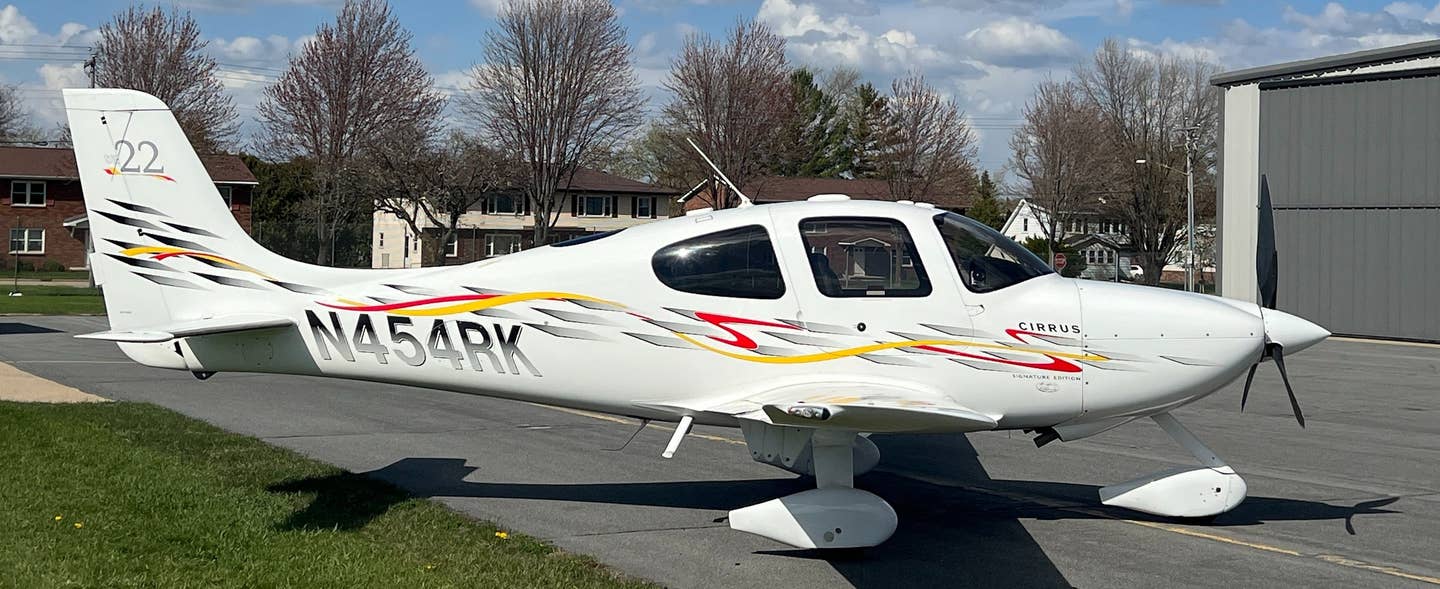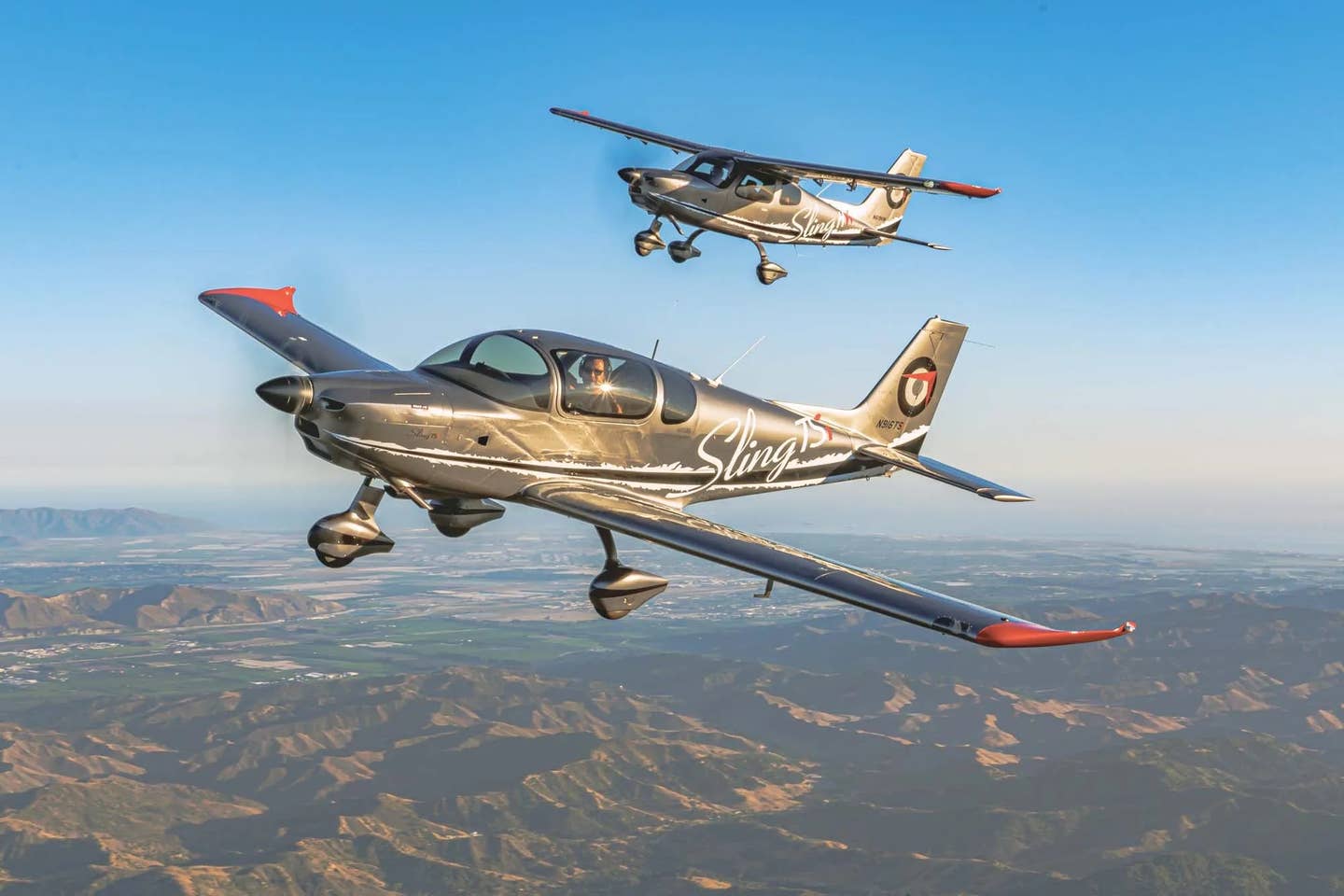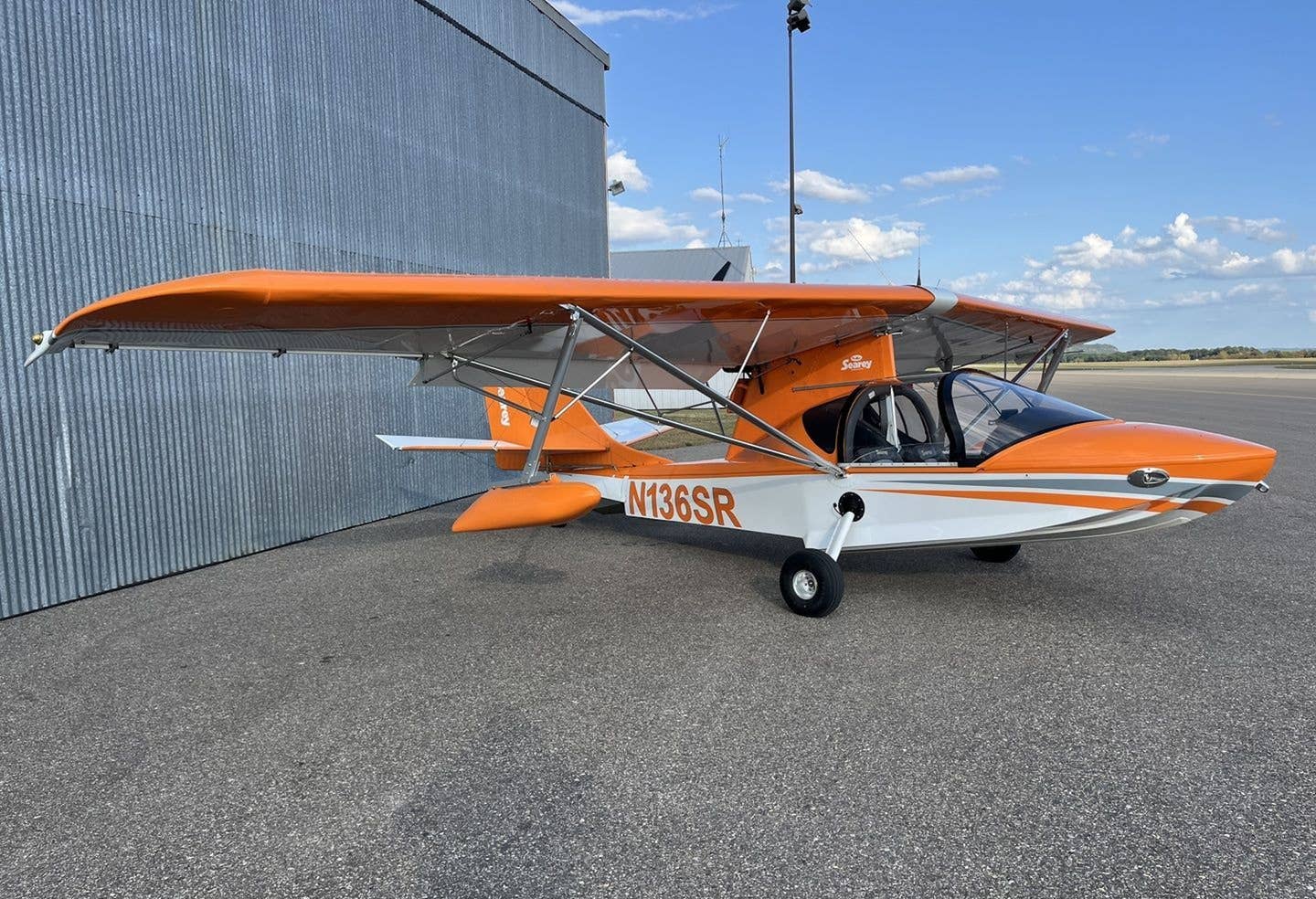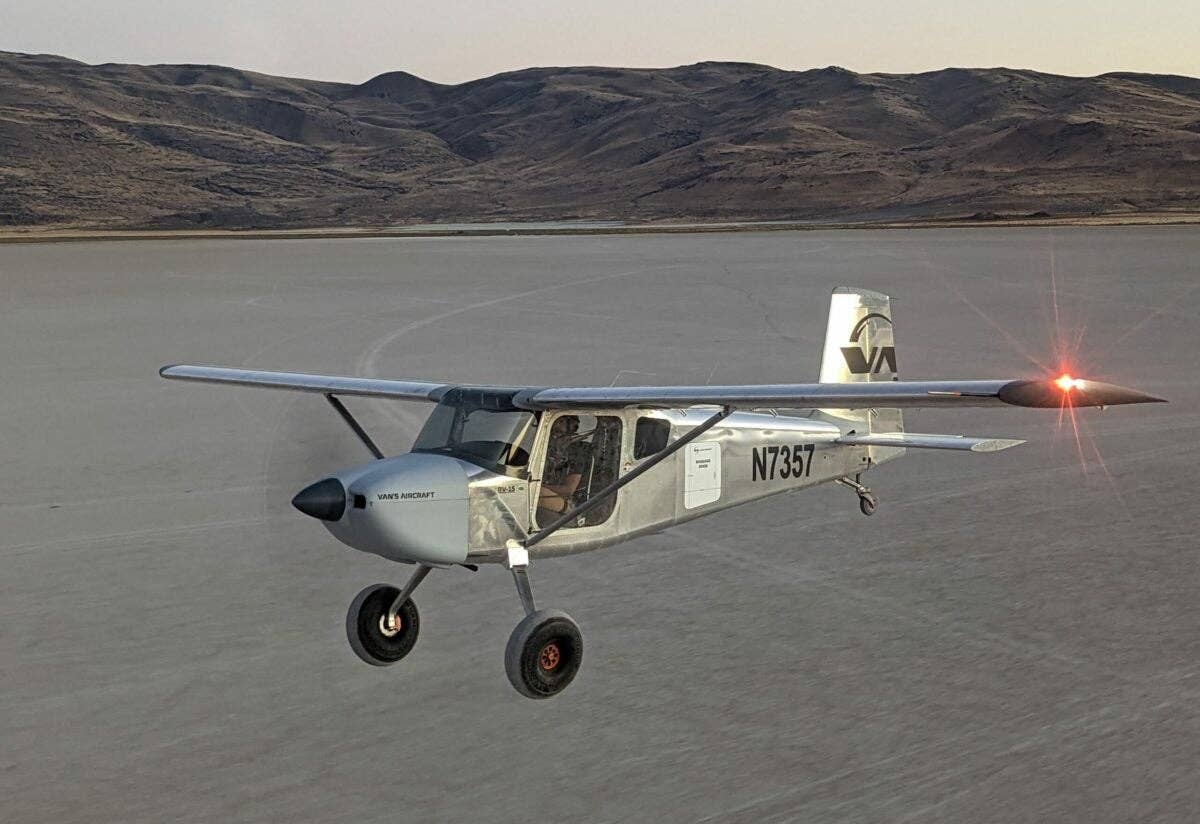The Piper Colt: A Real Contender
Whether in tricycle or tailwheel configuration, this economical cruiser shows its value.
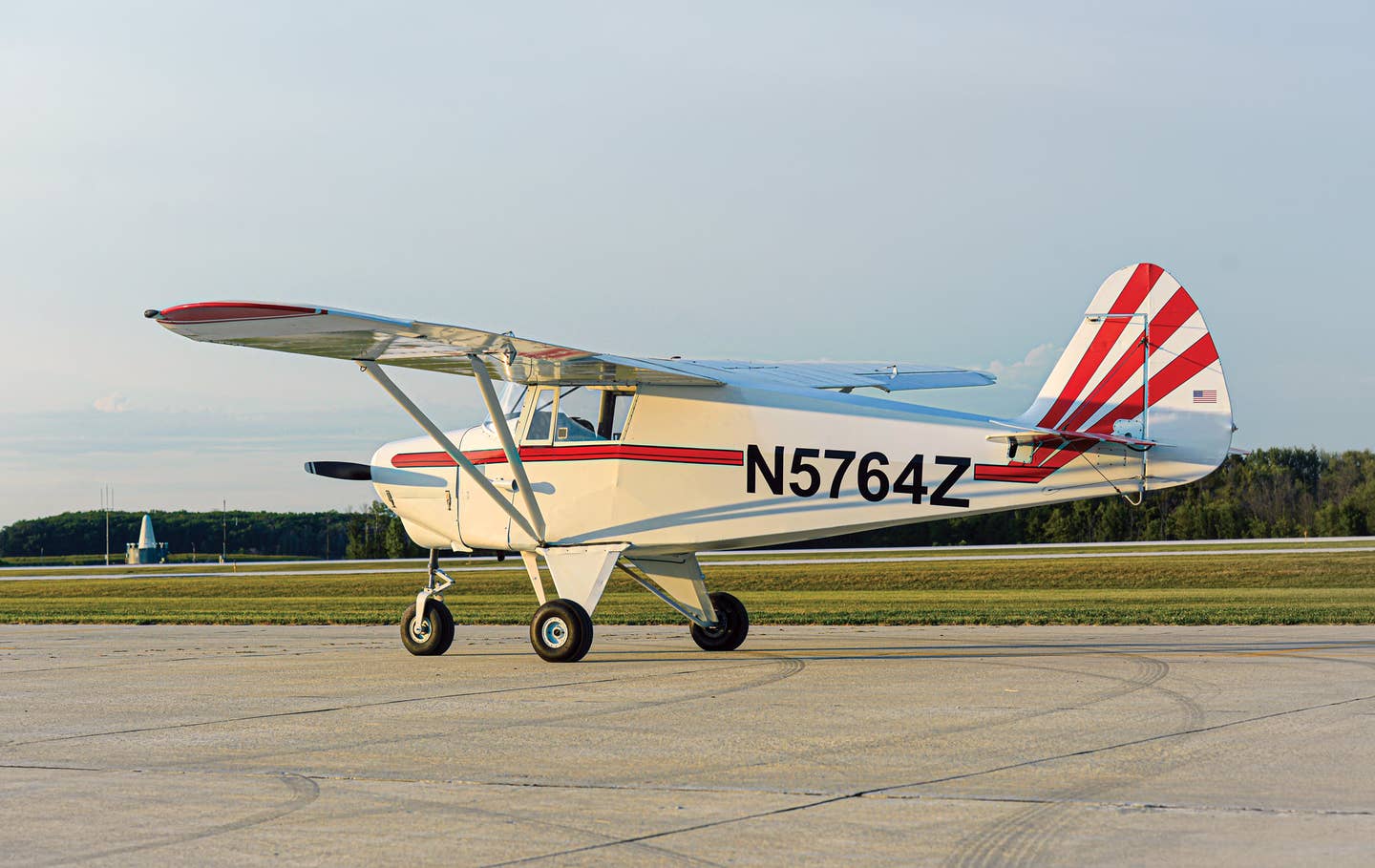
The Colt offers a compelling set of strengths that far outweigh its limitations—and the tailwheel mod delivers an intriguing alternative to much more expensive models. Jason McDowell
Browsing the web in search of an airplane to buy is not unlike taking a stroll through your local bookstore; the newest and trendiest items tend to be featured prominently, with substantial fanfare. Carbon Cubs, Kitfoxes and Cessna 170s dominate social media and are featured front and center, while commanding ever-increasing prices on the usual classified sites. But hiding in the quiet, less-traveled aisles toward the back of the store, treasures can be found: older, less-flashy editions that, while frequently passed over, nonetheless faithfully continue to provide wonderful experiences.
Such is the case with the Piper Colt. Often overlooked as a lower-powered, less-capable version of the more common Tri-Pacer, it’s easily brushed aside by many shoppers. At first glance, its awkward-looking landing gear conveys an unbalanced, top-heavy presence. Further investigation reveals a capacity of only two people on board, with a baggage area in place of the Tri-Pacer’s rear seats.
While many write off the airplane as a contender at that point, an astute shopper takes a closer look, and the Colt reveals itself as a thoroughly underappreciated approachable aircraft.
Model History
When Cessna introduced the 150 in 1958, it didn’t take Piper long to realize they didn’t have a direct competitor and, thus, were losing potential sales. At the time, they lacked an economical two-place trainer with side-by-side seating, and with the introduction of the Cherokee 140 still a handful of years away, they needed a stopgap measure.
The Colt was their solution. Using the Tri-Pacer as the starting point, Piper got to work simplifying it in an effort to reduce costs and offer aggressive pricing. They kept the tricycle gear, but removed the rear seat and door and modified the shape of the rear fuselage. Out came the flaps, rear windows and second fuel tank. Sacrificing horsepower for thrift, they chose the 108 hp Lycoming O-235 in lieu of the Tri-Pacer’s 125 to 160 hp options.
The result was a lighter-weight PA-22 that, at $4,995, was nearly half the cost of a Tri-Pacer and was $2,000 less than Cessna’s 150. Piper ultimately built approximately 2,000 examples between 1961 and 1963 before bringing the Cherokee 140 to the forefront as their inexpensive two-seat trainer.
Market Snapshot
Because Piper produced so many fewer Colts in comparison to the commonplace Tri-Pacer, their presence in classified listings follows suit. Though they’re far less common, there always seems to be one or two listed for sale.
Fortunately for buyers—if not sellers—the Colt’s lower power and limited seating capacity is reflected in resale value. These factors tend to exclude the Colt from the searches of many, and it’s a slightly more difficult airplane to sell as a result. One former Colt owner reported having great difficulty finding a buyer for his, recalling that for a relatively small premium, many buyers opted for the additional power and seating capacity of the Tri-Pacer.
Prices for average examples commonly hover around the midteens, and one example with a high-time engine was recently listed at only $8,000. A wide variety of STCs and mods are available for the Colt, and those with larger engines and tailwheel conversions—as we’ve highlighted in the photos for this story—command higher prices. But, it’s hard to find one priced higher than $30,000.
Cabin and Interior
For those of us accustomed to Cessna 150s and Piper Cherokees, sliding into the seat of a Colt is a very different experience, not unlike sliding behind the wheel of a vintage automobile. Rather than surrounding its occupants with creaky plastic trim, the Colt exudes vintage craftsmanship. Most surfaces are covered in upholstery or painted metal, and though the panel does have a few plastic trim pieces, many are adorned in a rich, glossy paint that’s reminiscent of classic Bakelite.
As you sink into the plush spring seat and reach for the door handle, you’ll find that the door requires only a fingertip to lightly pull shut as it secures with a satisfying click. No need to repeatedly slam it in the hopes that it actually remains shut throughout the flight.
The view outside is on par with that of a Cessna 150 or 172—though the combination of a slightly lower beltline and a slightly higher seat does seem to open up the outside view a bit. Forward visibility is similarly improved, courtesy of the instrument-panel design, which is lowered on each side of the primary flight instruments.
Flight Characteristics
Taxiing a stock Colt isn’t difficult, but it does require a short period of familiarization. While the rudder pedals steer the nosewheel as expected, the brakes are activated via a small lever attached to the underside of the panel; pull it toward you to activate the brakes. This applies the left and right brakes equally with no accommodation for differential braking. Fortunately, the gear and wing are both relatively compact, and it’s not difficult to smartly maneuver into a tight parking spot.
Takeoff performance of a Colt with the standard O-235 is on par with most other 100 hp two-seat trainers; it’s rather relaxed and not overly concerned about obstacles on the departure end of the runway. The modest power is somewhat balanced by a 2,400-hour time between overhauls and a fuel burn of about 6 gph while cruising at around 105 miles per hour. Operating economy is the O-235′s strong suit.
The Colt has good handling characteristics in flight. Control forces are light, and the only noteworthy aspect is the ceiling-mounted crank for elevator trim. To the uninitiated, it takes some time to learn whether nose-up trim requires clockwise turns or vice versa. It helps to remember: When the knob passes over the pilot’s head from back to front, it’s producing nose-down trim, and when it passes over from front to back, it’s nose-up.
While the Colt lacks flaps, the short wingspan can produce impressive descent rates, and altitude can be shed quickly when necessary. One owner compares the glide ratio to that of a set of keys and describes the Cessna 140 as gliderlike in comparison. Fortunately, this is easily manageable with some power and a bit of planning. Stalls are extremely benign, amounting to a gentle mush and increase in sink rate with no discernible break or wing drop.
Firm landings are softened by a clever and robust suspension design. The main gear is suspended by multiple bungees, and the rebound is slowed by Piper’s Hydrasorb shocks. The result is good shock absorption with little tendency to bounce back into the air after a firm landing.
Ownership Experience
Colt owners report few surprises with regard to the ongoing maintenance and upkeep of their airplanes. As an entirely fabric-covered airplane, Colt ownership does present inherently higher maintenance expenses as compared with fully metal types such as a 150 or Cherokee. While modern fabrics last for many decades, replacement cost is substantial. With a full re-cover easily costing $20,000 or more, a wise owner treats their fabric like an engine, setting aside a certain amount for every hour it’s flown to offset the future replacement expense.
Fabric replacement does include one very significant benefit: the opportunity to open up the airframe and fully inspect every inch of the underlying structure for otherwise hidden issues, such as cracks or corrosion. This is an item of particular importance in a Colt pre-purchase inspection; the flat metal frames around the door posts are prone to rusting and should be thoroughly inspected to confirm they are structurally sound. A log entry indicating that Service Bulletin 819 has been completed indicates that tubing has been inspected, replaced if necessary, and sealed with primer and protectant. Similarly, the integrity of steel tubing in the lower fuselage should be closely inspected because moisture can collect in those areas.
Fabric and fuselage structure aside, the Colt is largely devoid of significant maintenance concerns. An AD exists for the stock wing struts, requiring a recurring, biennial inspection for rust and corrosion. Sealed wing struts eliminate this inspection requirement, making them a popular upgrade.
Virtually all parts are plentiful and easily sourced, and every owner would greatly benefit by joining the extremely active Short Wing Piper Club for the group’s wealth of expertise, technical data and great camaraderie.
Most owners agree that the Colt’s most significant limitations are its low power and limited seating. But for prospective owners shopping for two-place 100 hp airplanes like the 150, 152 or Piper Tomahawk, it offers a compelling set of strengths that far outweigh its limitations—and the tailwheel mod delivers an intriguing alternative to more-expensive models. With a useful load of around 700 pounds, many examples equipped with the optional 36 gallons of fuel capacity—and an abundance of personality—the Colt rewards the pilot who looks a bit closer for an inviting airplane often hiding in plain sight.
This story appeared in the November 2020, Buyers Guide issue of Flying Magazine

Sign-up for newsletters & special offers!
Get the latest FLYING stories & special offers delivered directly to your inbox

